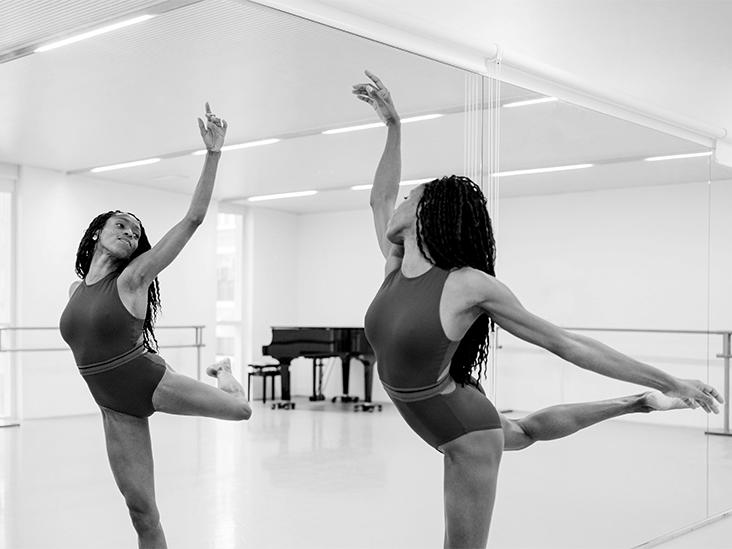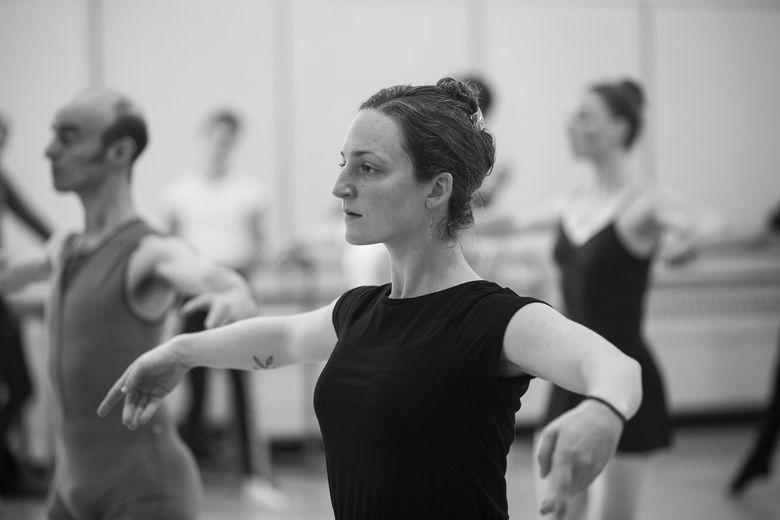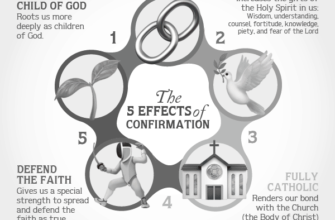Are you a newbie to the world of adult ballet? Perhaps you’ve read articles about the Techniques and Turnouts taught in adult ballet classes. Perhaps you’ve been afraid to try a new class because of the nerves that go along with starting a new hobby. But fear not, adult ballet classes can be just as exciting and beneficial as their young counterparts. Here are some of the best things to do during your first class.
Turnout in adult ballet classes
One of the most challenging aspects of learning ballet is perfecting turnout. Turnout is a delicate process that requires patience and gentleness. While no one is born with perfect turnout, there are a few things you can do to improve yours. This article will go over some of the most important tips and tricks for perfecting your ballet turnout. After reading this article, you’ll be more confident in your ability to perfect your turnout.
Correct turnout is vital for all ballet dancers. It develops proper body positioning and techniques. It also creates a perfect line. Essentially, turnout is how your legs rotate. A good turnout should be painless and be symmetrical. For the perfect turnout, your leg and hips should rotate at the same time. In adult ballet classes, you’ll need to work on this technique in order to improve your dancing technique.
A key tip for improving turnout is to practice non-ballet skills. A combination of aerobics and yoga can increase turnout in adults. Try swimming to stretch the area that ballet doesn’t. Other exercises to improve turnout include Pilates and Gyrotonic. They’re both great ways to improve your technique. You can even try taking a class of these in your local gym or adult ballet class! And if you have a flat foot, try practicing with a demi plie.
While working on turnout can be challenging, it can help you avoid developing tight muscles, preventing overuse, and hip pain. By working to your maximum rotation, you can avoid the potential for injury. You can only make progress if you learn to control turnout. This technique is practiced by professional dancers who are dedicated to their craft. There are a few basic steps that you can take to ensure your progress in this area.

In your adult ballet classes, make sure you practice proper turnout technique. Not only does it protect your joints, it also develops correct muscles and provides stability and lengthens dance lines. During the turnout movement, make sure your hips turn out and your hamstrings and glutes are properly engaged. Otherwise, the turnout may feel unnatural and uncomfortable. If you do not practice proper turnout technique, you could end up with an unnatural foot placement and injury.
When you’re looking for an adult ballet class, you may want to start with an intermediate class. These classes are designed for students who have at least one year of formal ballet training. These classes focus on introducing students to the essentials of formal ballet, while also improving their performance quality. You may even choose to do group parts to make the class more challenging. For more advanced students, you might want to consider enrolling in a class that focuses more on pointe training.
Techniques taught in adult ballet classes
As an adult ballet teacher, you can take some of the same steps you’d take when teaching a young student. Adult ballet students often come to classes for various reasons, from fitness to enjoyment. The key to tailoring your corrections to their needs is to know your students well. Try introducing yourself and asking them why they’re joining. By doing so, you can create a more rewarding student/teacher relationship.
Adult ballet classes are geared towards dancers with some previous experience. Adult classes typically feature the techniques taught at the professional ballet schools. You can take a class taught by professional teachers from larger cities to develop your ballet technique. Many of the techniques taught in adult ballet classes are also applicable to other forms of dance, including contemporary dance. Adults interested in classical ballet can enroll in an adult ballet class taught by professionals. The teacher will focus on proper alignment and technique, as well as movement quality.
In addition to the proper alignment of the pelvis and the correct use of body weight, you should also learn about how to make corrections in the correct way. Adults who have previously performed ballet may be prone to doing things incorrectly or getting into a routine too quickly. However, proper training will help you develop proper posture and avoid injury. And remember, safety is the top priority. You can’t afford to risk it, so you should learn the proper techniques.

Adults with previous ballet experience may want to take an intermediate class. Intermediate level classes focus on advanced techniques and will include pirouettes, various allegros, and grand allegro. While adult ballet classes tend to be less intense than their younger counterparts, you’ll still get a great workout. The beauty of ballet is that you can connect with your body and enjoy an inspirational environment. And the beauty of the movements in adult ballet classes will inspire you to learn new movements and become a better dancer.
Although adult ballet students are free to wear whatever they like, they are encouraged to dress comfortably. They can even wear a tank top or yoga pants. Regardless of the type of clothing, you should wear comfortable ballet shoes and keep your hair tied back. Regardless of the style of clothing, adult ballet students should wear appropriate ballet shoes. They should also keep their hair back for safety and protection. Lastly, remember to always be prepared with a healthy attitude.
Although the terminology used in adult ballet classes may seem daunting to the beginner, the dancers need to understand the fundamentals of the art. For example, while learning the correct terminology for ballet, a new dancer may not know how to properly pronounce the numbers on a score sheet. If this is the case, they need to be patient and try harder. During classes, teachers should be patient and help new dancers understand the basics of ballet.
Nerves associated with beginning adult ballet
Beginning adult ballet is often a daunting experience, as you’ll likely meet new people and have a different background and experience than other students. It can be intimidating to see everyone’s body alignment, and it can be hard to relax and focus on the task at hand. Fortunately, once you get past the initial nerves, you’ll soon find that many people are there for the same reasons you are – to improve their physical balance and gain confidence in their dance skills.
When it comes to dance, ballet training is intense, requiring the concentration of your entire body. Not only is your focus required, but your musicality and timing as well. Developing coordination with your arms, legs, and feet is also a challenge. Not to mention remembering the teacher’s instructions. These are just a few of the many reasons why beginning adult ballet is an exciting and challenging endeavor. And that’s not even mentioning the physical benefits – the mental ones are just as important.








